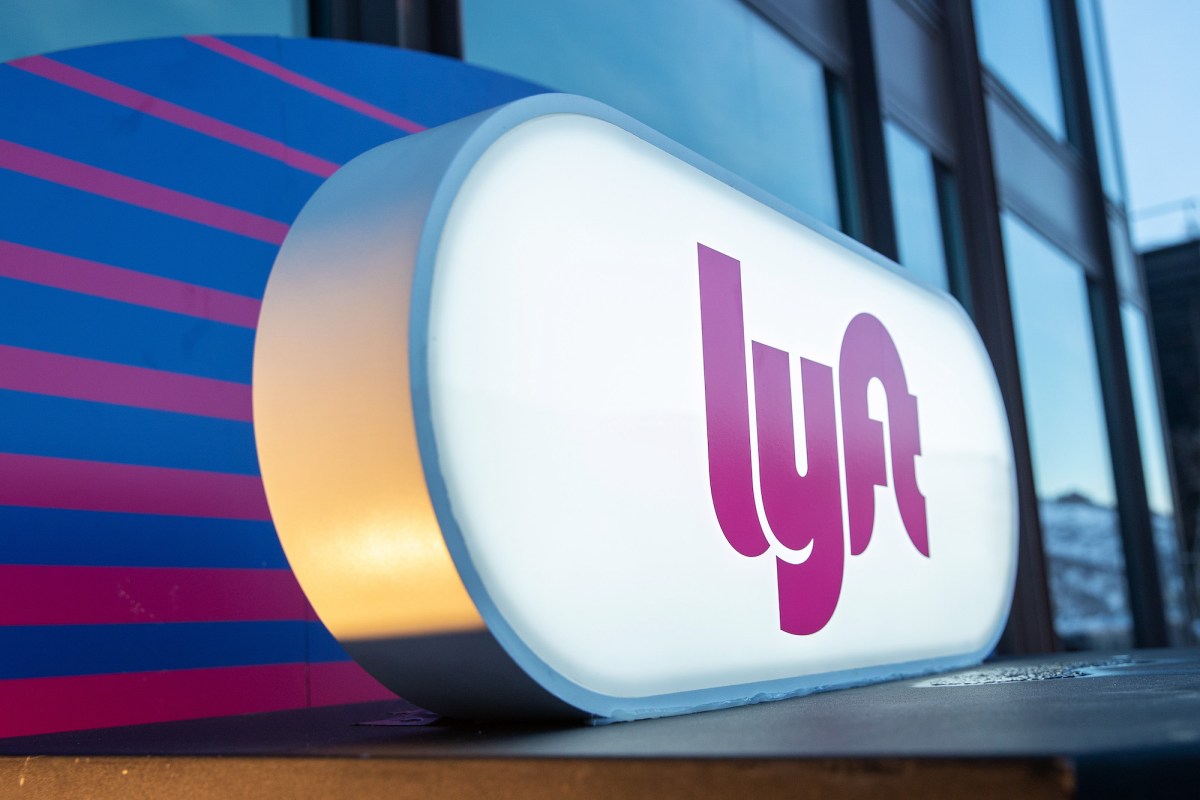It seems Lyft is hoping to catch up to Uber’s string of autonomous vehicle partnerships.
Lyft announced Wednesday three separate partnerships — with startup May Mobility, automated driving company Mobileye and smart dashcam firm Nexar — all aimed at establishing a foothold in the emerging autonomous vehicle market.
In the announcement, the ride-hailing company said it signed a deal with May Mobility to launch autonomous vehicles on the Lyft app starting in Atlanta in 2025. Lyft also announced a partnership with Intel-owned Mobileye that will allow certain AV tech-equipped vehicles to tap into the ride-hailing app as well as a data-sharing agreement with Nexar that’s designed to give OEMs and operators better insights to train autonomous driving systems.
This isn’t Lyft’s first time delving into autonomous vehicles. The company previously provided a robotaxi service — always with a human safety driver behind the wheel — in Las Vegas via a partnership with Motional. It had a similar agreement in Austin and Miami with Argo AI. However, Motional paused that partnership in May after slashing its workforce, and Argo AI shut down in 2022. Lyft had a stake in Argo, and took a $135.7 million hit when the company folded.
Uber, meanwhile, has been busy snatching up deals with top AV companies across the robotaxi, delivery, and freight industry, including Waymo, Cruise, Avride, Serve Robotics, Aurora Innovation, Waabi, and more.
May Mobility + Lyft, starting in 2025
May Mobility has made a name for itself rolling out autonomous micro-transit services mainly in geofenced areas around the U.S. The startup’s shuttles operate within campuses and to designated stops along fixed routes in cities like Ann Arbor, Michigan, Arlington, Virginia, Peachtree Corners in Atlanta, Miami, and Sun City, Arizona. In May 2023, May Mobility launched an on-demand service in Grand Rapids, Michigan in partnership with Via.
“Partnering with Lyft will open up new markets for us to operate in, granting greater mobility to more people, more quickly,” said Edwin Olson, co-founder and CEO of May Mobility, in a statement.
The multi-year Lyft partnership is May’s first foray into ride-hail. May Mobility and Lyft didn’t say when the AVs will be deployed, how many of May’s Toyota Sienna Autono-MaaS vehicles will hit the streets, or whether May will provide pooled rides and shuttles, or individual on-demand transit.
In a statement, May did note that initial deployments will use safety drivers in the front seat, with plans to transition to fully driverless over time.
Creating a ‘Lyft-ready’ Mobileye network
Mobileye offers self-driving technology across the spectrum of autonomy, from Level 2 advanced driver assistance systems to fully autonomous Level 4 systems. Mobileye Drive, the company’s L4 system, consists of everything from the self-driving software to the sensor stack to a cloud infrastructure with a digital twin of the world.
“The next step for us is to use this Mobileye Drive cloud, or the demand gateway as we call it, to connect into the different ride-hailing, ride-pooling, and public transportation networks of the world,” Christian Lichtmannecker, head of AV at Mobileye’s Mobility-as-a-Service business development unit, told TechCrunch.
In other words, any fleet of vehicles that already has Mobileye Drive onboard – which today includes certain Volkswagen, Schaeffler, and Benteler Holon models – will be able to plug into the Lyft network in the future. Lichtmannecker said this allows both small and large fleet operators to get seamless access to Lyft’s platform and network of riders.
“Lyft’s aim is to connect AVs, drivers, riders, and partners to create new opportunities for all,” Lyft CEO David Risher said in a statement. “Our rideshare network will continue to evolve as millions of people will have the opportunity to earn billions of dollars whether they choose to drive, put their AVs into service, or both.”
Neither Lyft nor Mobileye shared when or where the first Mobileye-powered vehicles would show up on the Lyft app, but Lichtmannecker noted the two are in talks with operating and OEM partners today.
Mobileye is testing its Drive technology in Austin, Detroit, and Orlando, Florida. The company is also testing how its technology handles extreme weather conditions in Norway, Germany, and Israel. Mobileye currently tests with a safety driver behind the wheel, and plans to remove the driver once it validates the safety of its technology.
Bringing Nexar smart dashcam insights to AV development
Nexar over the last few years has used video data from its line of smart dashcams to scale a digital twin service that it sells to automotive OEMs and cities.
Now, Nexar and Lyft think that by combining forces, they’ll be able to give OEMS and AV companies even better insights.
The two companies will pair Nexar’s over 45 petabytes of real-world footage spanning 200 million miles driven monthly with Lyft’s historical and freshly anonymized and aggregated marketplace data to create “a comprehensive and robust dataset for AV technology development.”
Lyft and Nexar did not share how they plan to share revenue in this partnership. The companies also didn’t say whether Lyft will offer Nexar dashcams at a discount to Lyft drivers or even give drivers a cut for collecting data on the company’s behalf, though a Nexar spokesperson said drivers need to agree to participate.
The deal comes just a couple of months after Zach Greenberger left his role as chief business officer at Lyft to become the CEO of Nexar.

